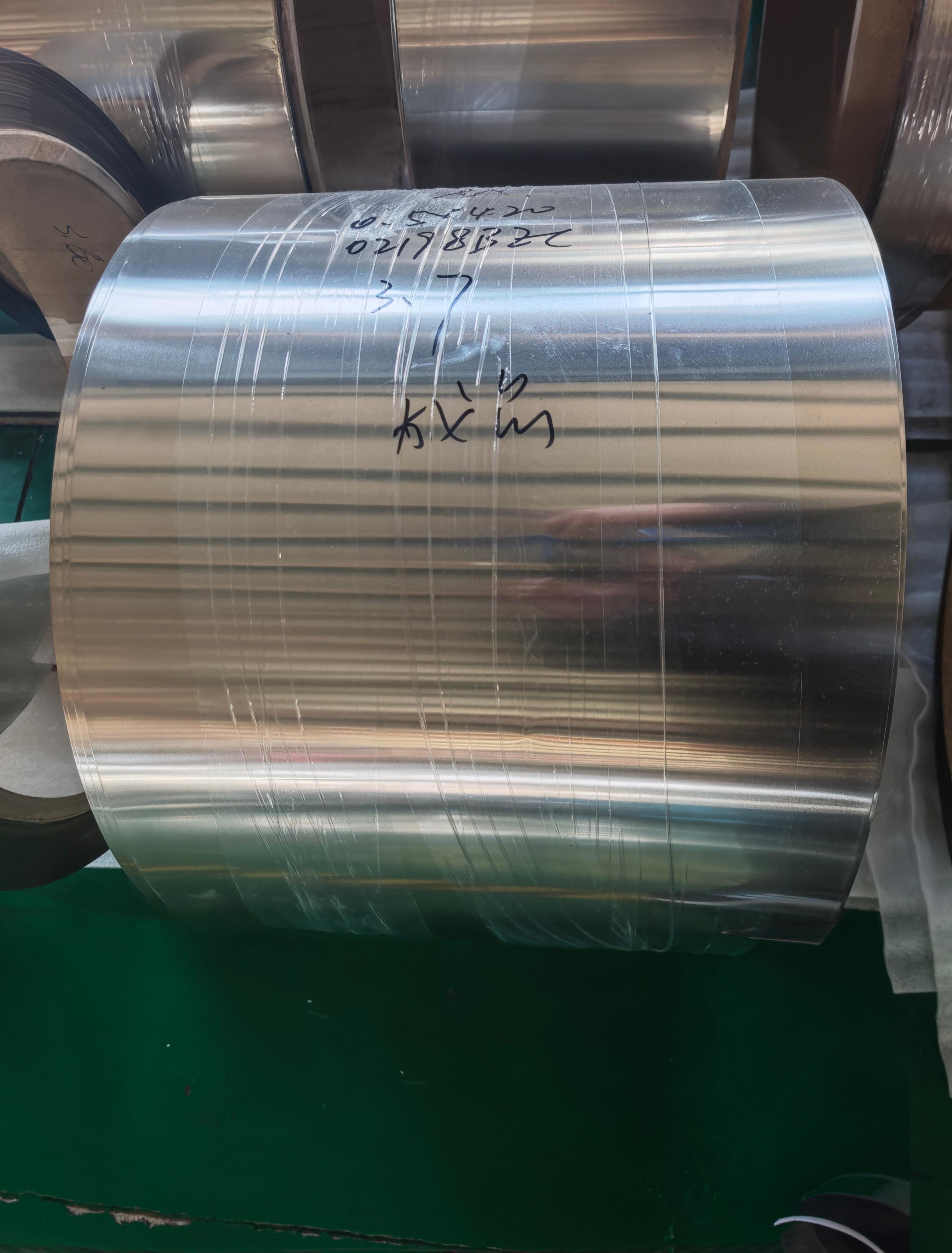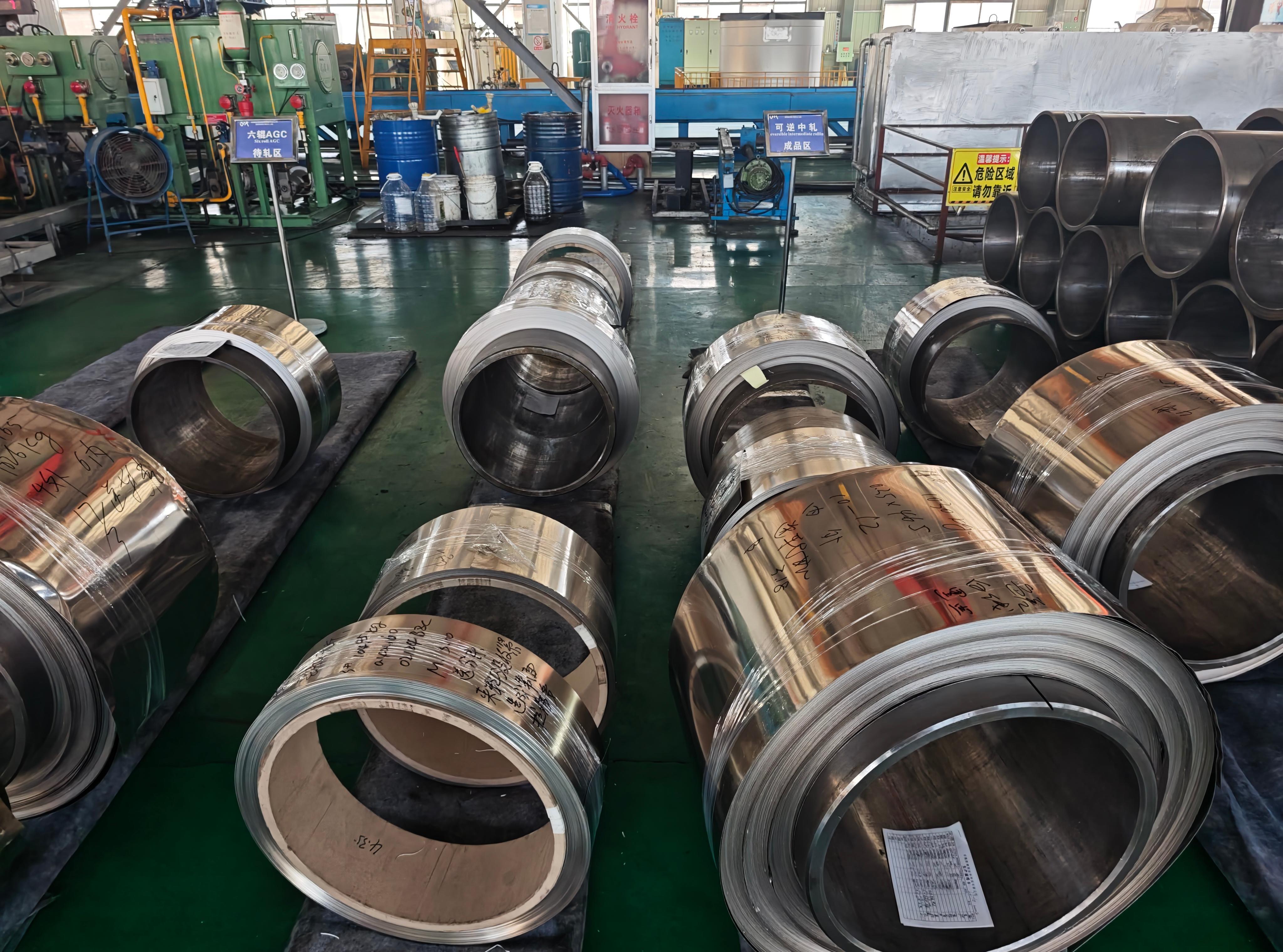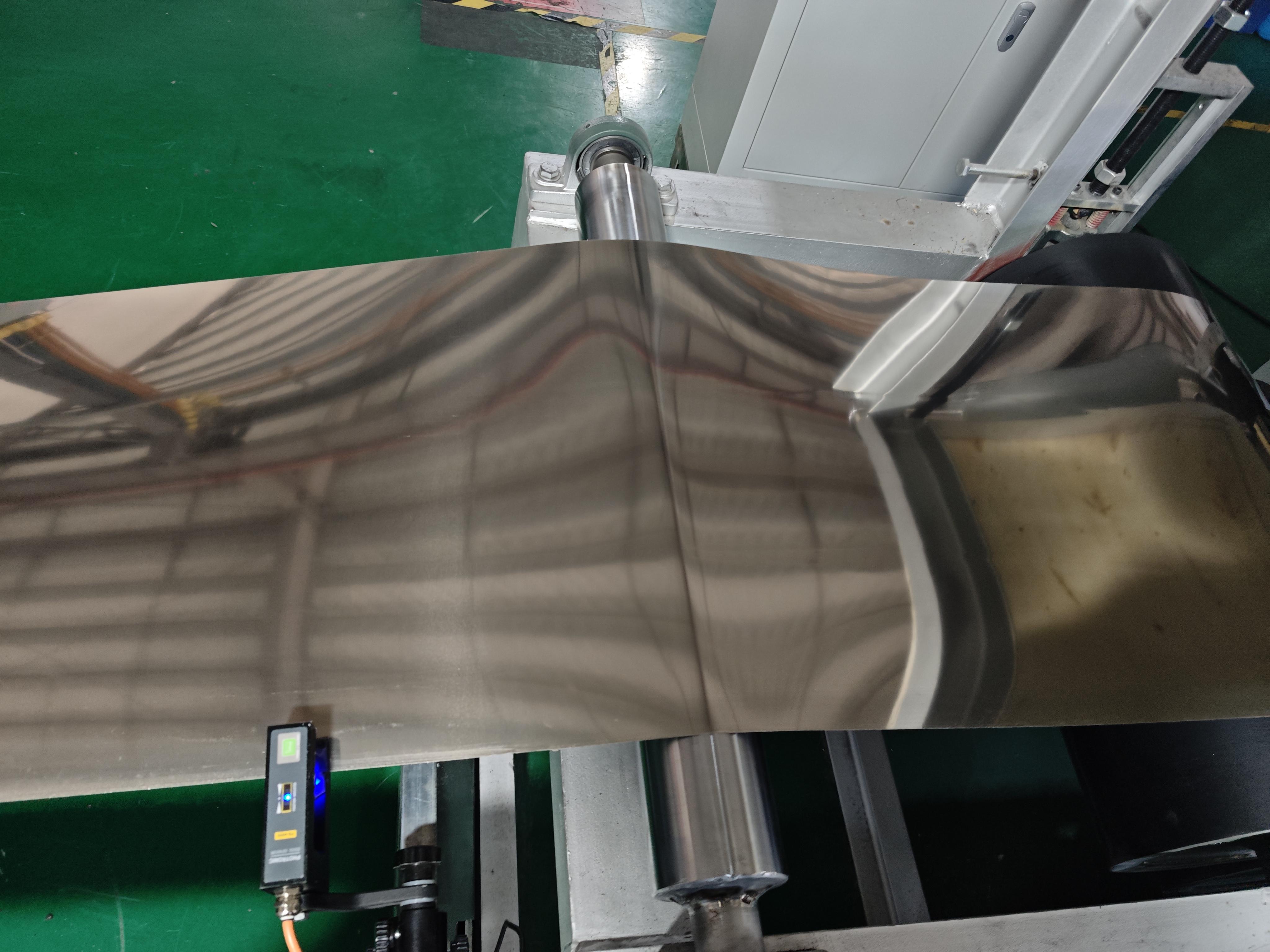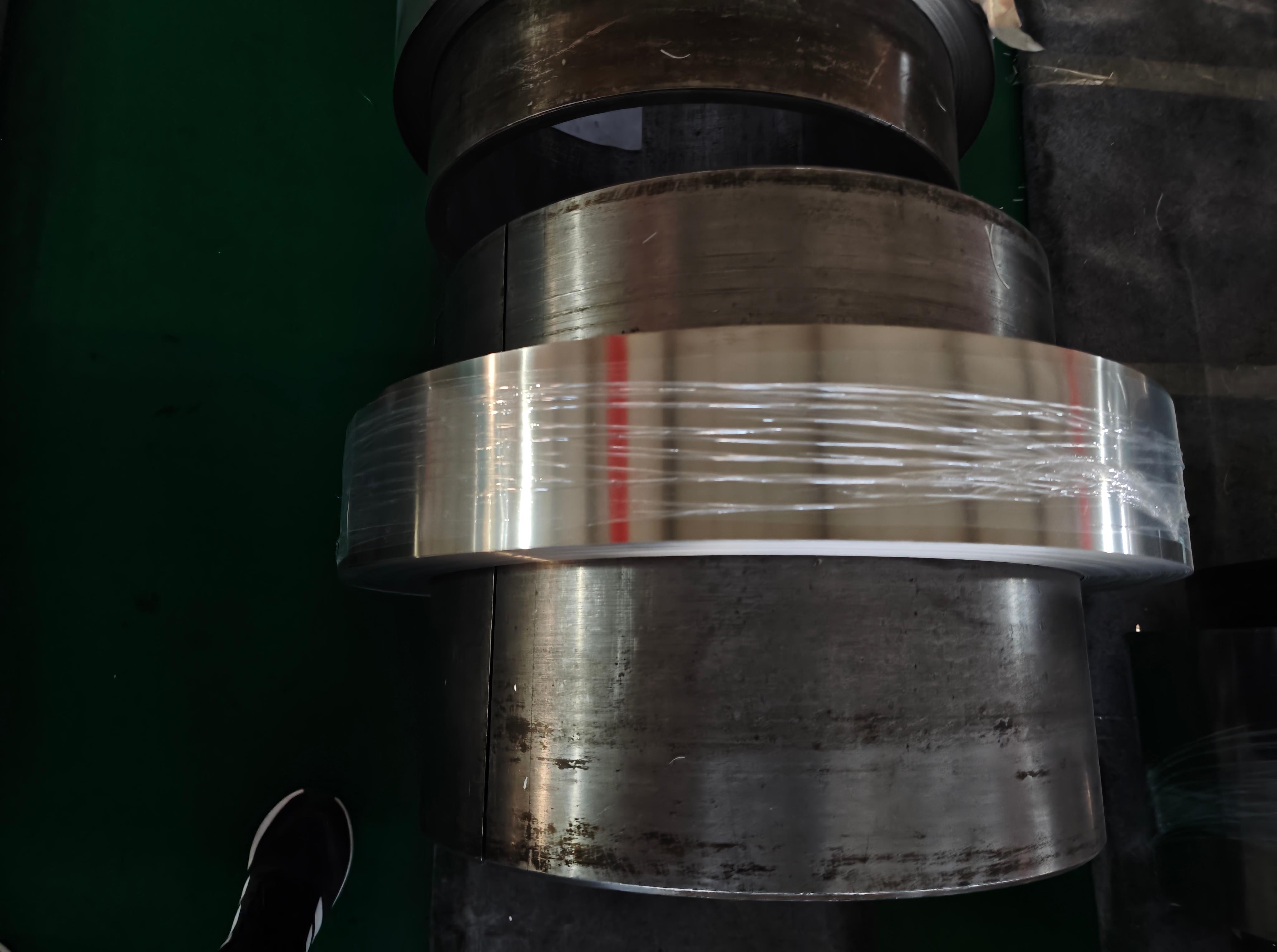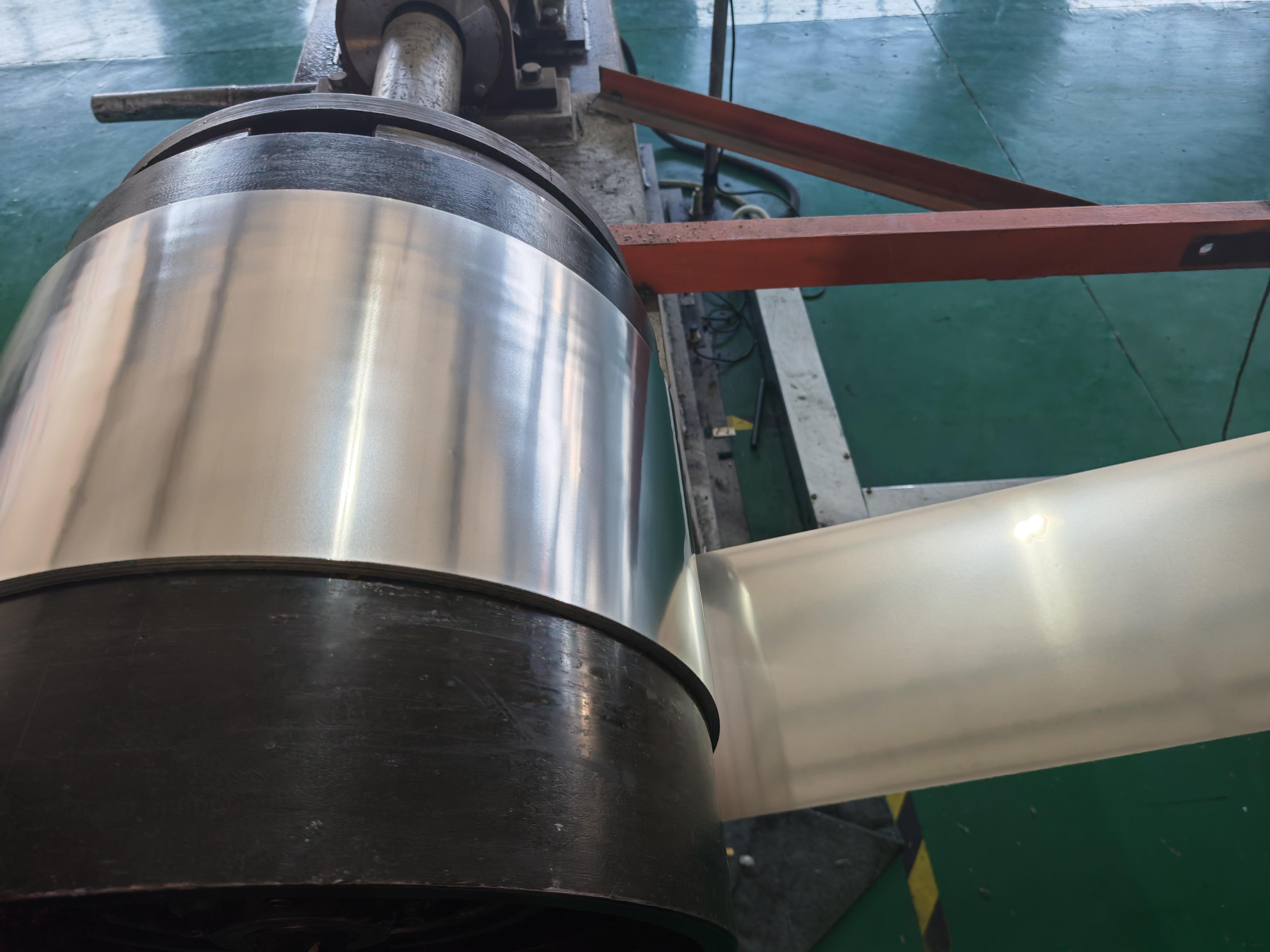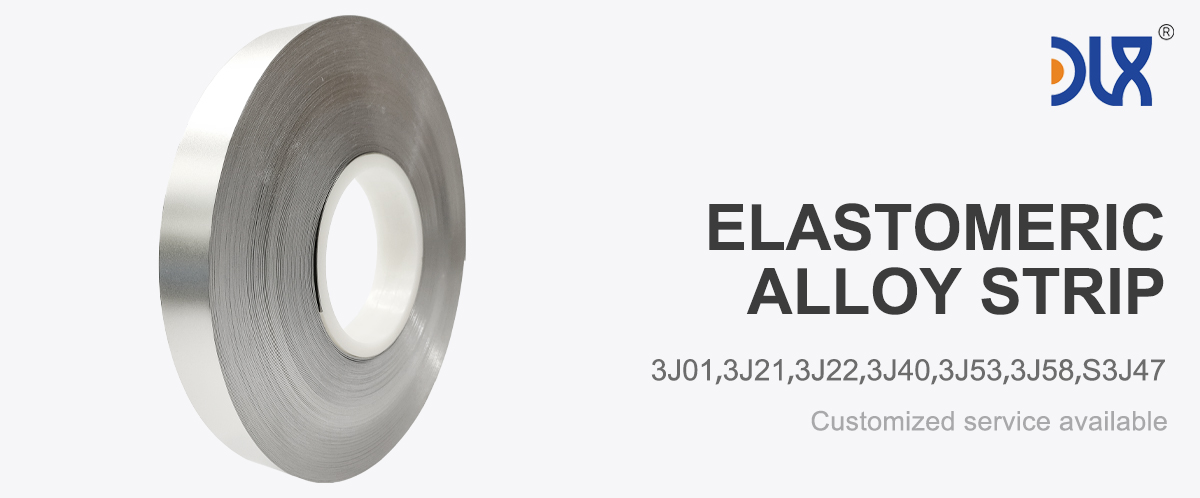
Our 3J53 Ni42CrTi alloy strip is engineered for vibration-resistant frequency components. With a nickel-chromium-titanium composition, this strip offers a yield strength of up to 2,600 MPa and a constant elastic modulus, making it ideal for resonators, sensors, and other precision components. Its low frequency-temperature coefficient ensures stable performance in high-vibration environments, perfect for electronics and aerospace.
This strip’s excellent fatigue resistance and corrosion resistance ensure reliable operation in moderate to harsh conditions. We produce it with precision cold rolling and heat treatment, ensuring tight tolerances and consistent quality. If you’re designing frequency control systems that need to withstand vibration, our 3J53 strip is the material you can trust.
For more details, pls directly contact us.
The market for frequency components is growing, driven by demand in electronics, telecommunications, and aerospace. The rise of IoT and smart devices is increasing the need for vibration-resistant materials that ensure stable frequency performance. Our 3J53 strip meets these demands, offering unmatched precision and reliability. The global market for precision components is expanding, with a focus on materials that support efficiency and sustainability.
Sustainability is a key trend, and our alloy’s durability reduces waste and replacement costs. Innovations like AI-driven material design are shaping the industry, and we’re leveraging these to enhance our products. While competition is intense, many alternatives lack the vibration resistance and stability of our 3J53 strip, making it a top choice for frequency control.
| Grades | Density (g/cm³) | Electrical Resistivity (10⁻⁶ Ω·cm) | Thermal Conductivity (W/m·K) | Modulus of Elasticity (GPa) | Yield Strength (MPa) | Tensile Strength (MPa) | Elongation at Break (%) | Elastic Limit (MPa) | Fatigue Life (cycles) | Working Temperature Range (°C) | Temperature Coefficient |
| 8.1 | 80 | 11 | 144 | 800 | 1000 | 10 | 800 | >10⁷ | -60 to 200 | Extremely low temperature coefficient of elasticity | |
| 8.3 | 120 | 40 | 125 | 300 | 600 | 20 | 300 | >10⁷ | -40 to 150 | Elasticity remains constant with minimal temperature sensitivity | |
| 8.2 | 100 | 15 | 180 | 1100 | 1400 | 5 | 1100 | >10⁶ | -200 to 500 | Maintains high strength even at elevated temperatures |
For more details, pls directly contact us.
Our 3J53 strip is a go-to for vibration-resistant applications. In electronics, it’s used for resonators and sensors, ensuring stable frequency performance. Telecommunications relies on it for precision components in signal processing systems. Aerospace uses the strip for sensors and control systems, where its vibration resistance shines.
Industrial instruments, like precision oscillators and gauges, benefit from its constant modulus and fatigue resistance. Its corrosion resistance makes it suitable for moderate to harsh environments. From telecommunications relays to aerospace sensors, our 3J53 strip delivers the precision and reliability engineers need.
Comparison Parameters Table
Parameter | 3J53 Ni42CrTi Alloy Strip | Standard Spring Steel | Stainless Steel (e.g., SUS301) |
|---|---|---|---|
Yield Strength (MPa) | Up to 2,600 | 1,500–2,000 | 1,000–1,800 |
Elastic Modulus (GPa) | ~185, constant across temperatures | ~200 | ~193 |
Corrosion Resistance | Good, suitable for moderate conditions | Moderate, needs coatings | Excellent, chromium-based |
Temperature Range (°C) | -40 to +100 | -20 to +150 | -50 to +300 |
Fatigue Resistance | Excellent, millions of cycles | Good, but lower than 3J53 | Good, varies by alloy |
Hysteresis | Very low, minimal energy loss | Moderate | Moderate to high |
Applications | Resonators, sensors, frequency control | General springs | Springs, electronics |
Cost-Effectiveness | High, due to precision performance | Moderate, lower initial cost | Higher, material-driven |
Our 3J53 Ni42CrTi alloy strip sets a high standard. Unlike typical competitors, we use advanced manufacturing to achieve superior vibration resistance and a constant modulus, ensuring our strip performs in dynamic environments. While others may struggle with temperature fluctuations, our alloy maintains stability, saving costs. Its corrosion resistance also outpaces many alternatives.
Customization is a key advantage. We tailor the strip to your exact specifications, unlike competitors with standard offerings. Our rigorous quality control ensures consistent performance, minimizing defects. Cost-wise, our alloy’s durability offers long-term savings, outpacing cheaper materials that wear out faster. Our sustainable production minimizes waste, aligning with industry trends. With fast delivery and global reach, our 3J53 strip keeps your projects on track.
For more details, pls directly contact us.
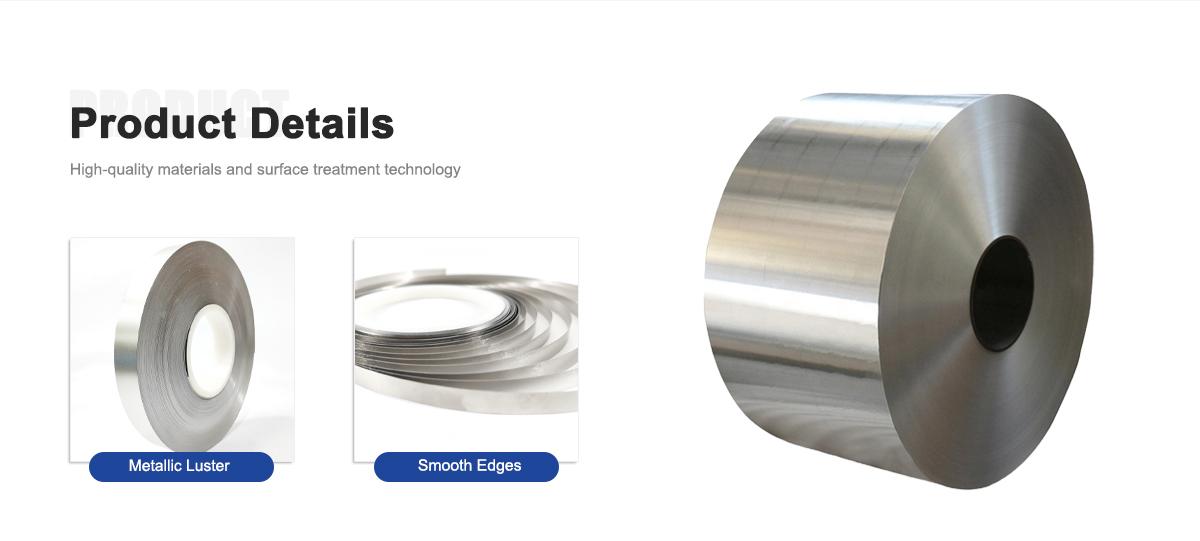
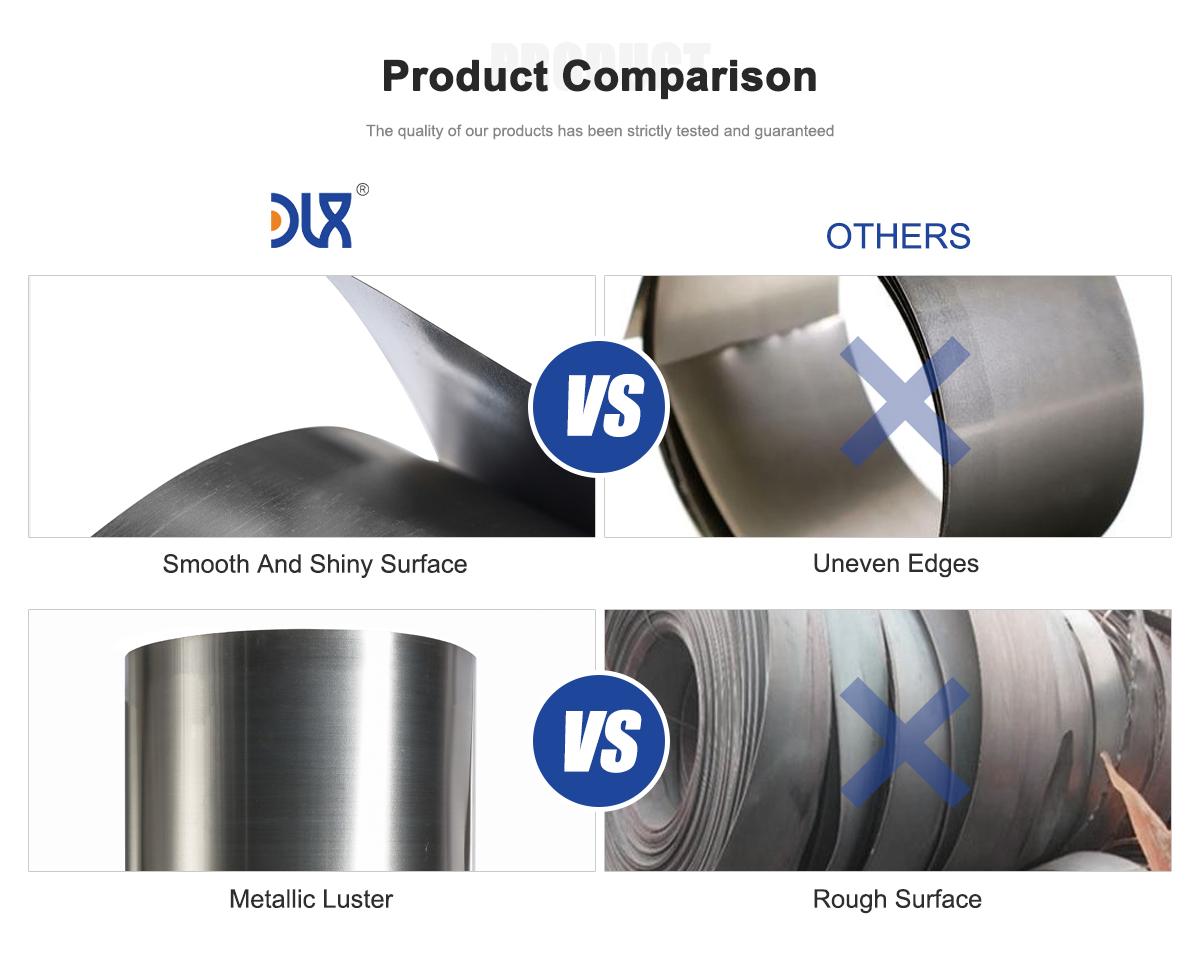
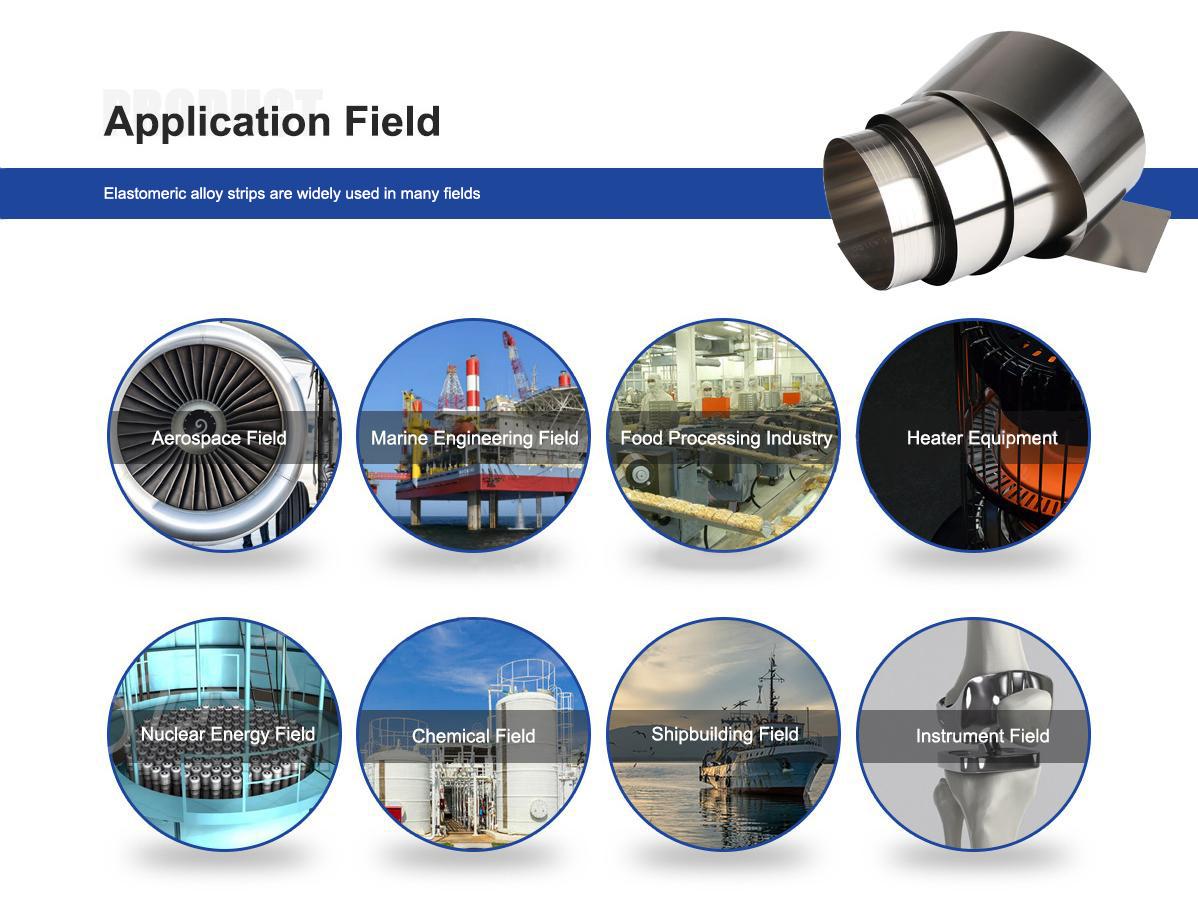
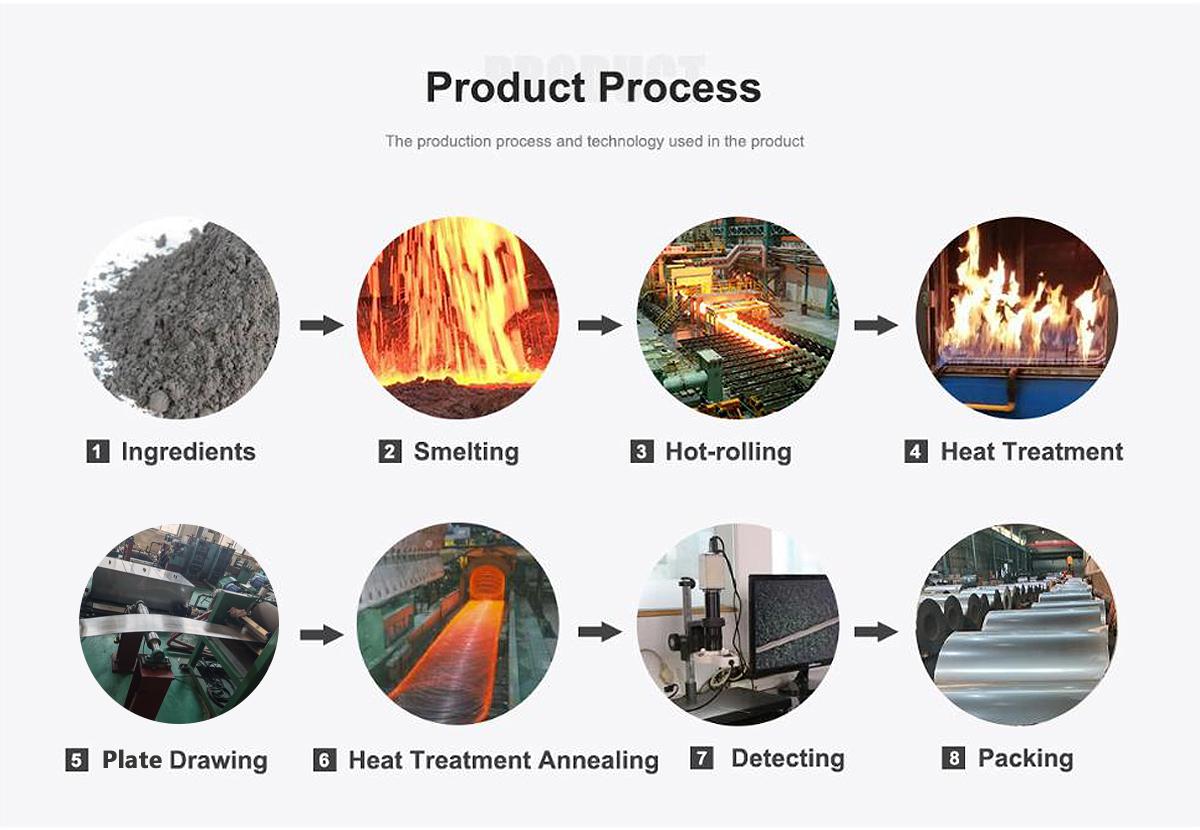
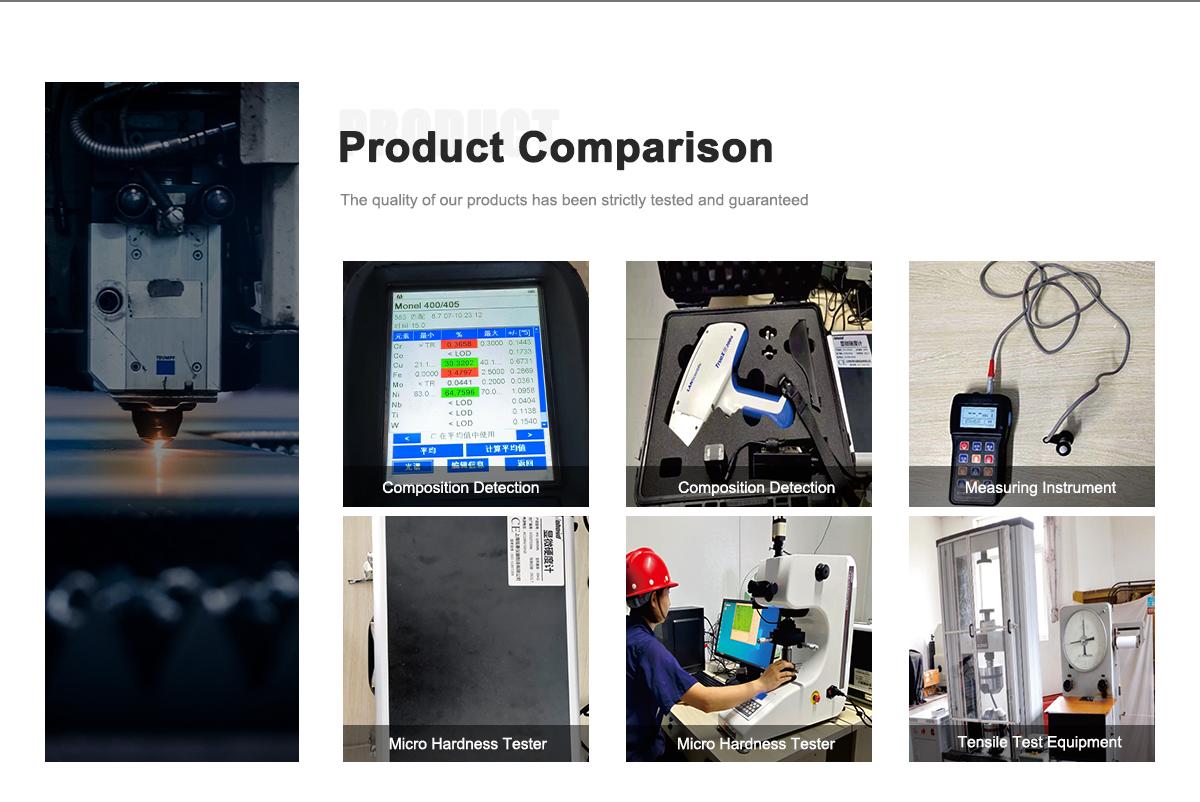
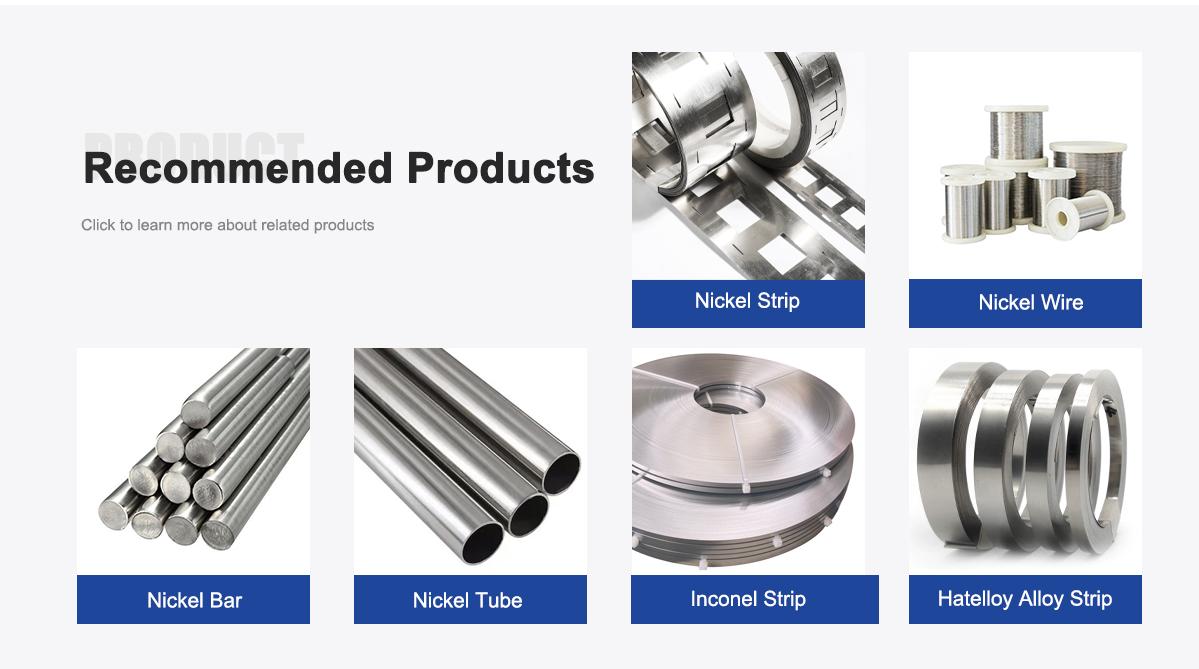
About Us:
Our 12,000㎡ factory is equipped with complete capabilities for research, production, testing, and packaging. We strictly adhere to ISO 9001 standards in our production processes, with an annual output of 1,200 tons. This ensures that we meet both quantity and quality demands. Furthermore, all products undergo rigorous simulated environment testing including high temperature, high pressure, and corrosion tests before being dispatched, ensuring they meet customer specifications.
For all our clients, we offer timely and multilingual after-sales support and technical consulting, helping you resolve any issues swiftly and efficiently.

Client Visits
Building Stronger Partnerships

We support all kinds of testing:


FAQs:
What is the 3J53 Ni42CrTi strip used for?
It’s used for vibration-resistant frequency components like resonators and sensors.What makes this alloy unique?
Its low frequency-temperature coefficient ensures stable performance under vibration.Can it handle dynamic conditions?
Yes, it’s built for high-vibration environments and stable up to 100°C.Which industries use this strip?
Electronics, telecommunications, aerospace, and precision instruments for frequency control.How is it manufactured?
Precision cold rolling and heat treatment ensure consistent elastic properties.What’s its vibration resistance?
Excellent, maintaining stability in high-vibration applications.Is it corrosion-resistant?
Yes, it performs well in moderate to harsh environments.Why choose 3J53 for frequency components?
Its vibration resistance and stability outperform standard alloys.



